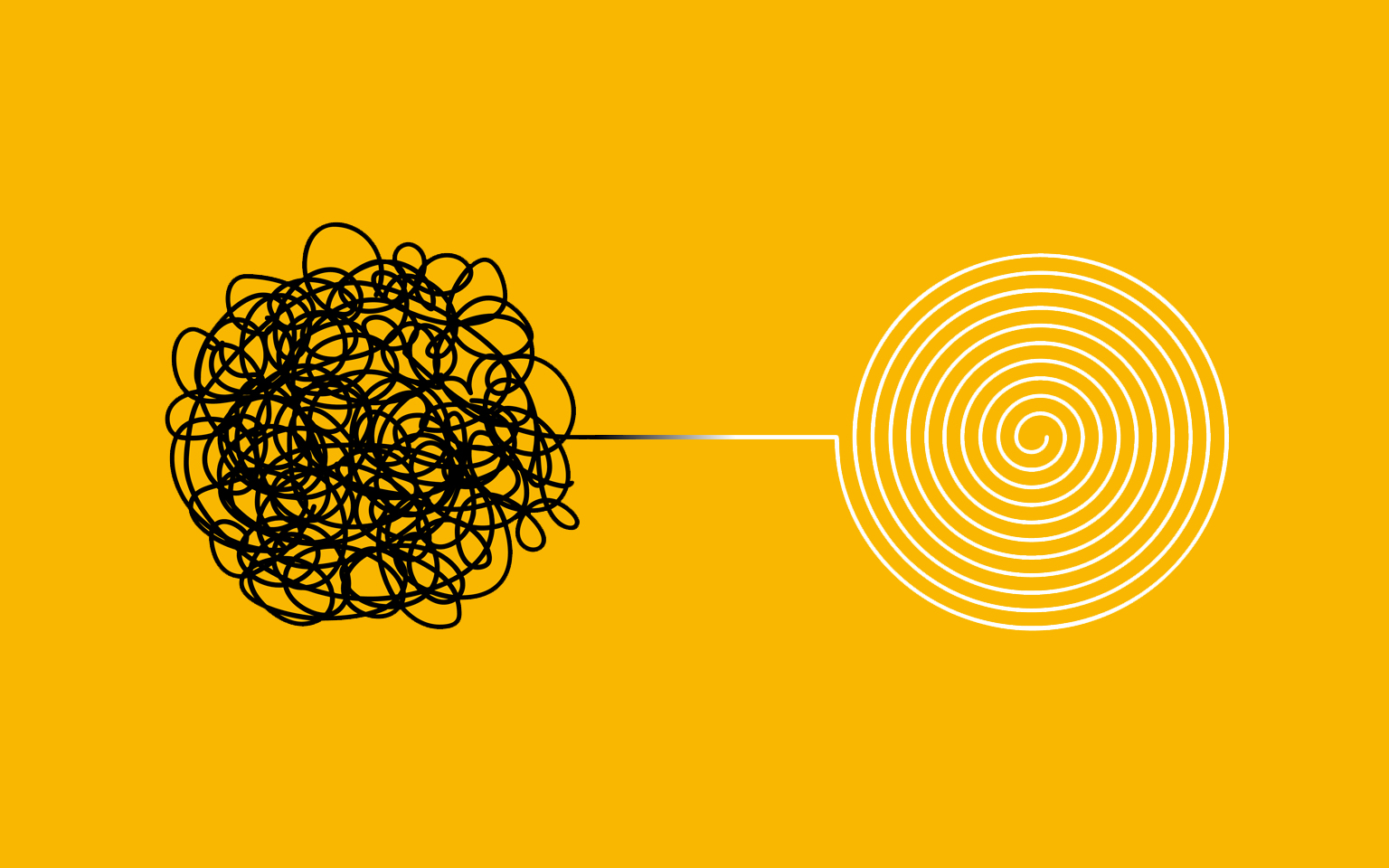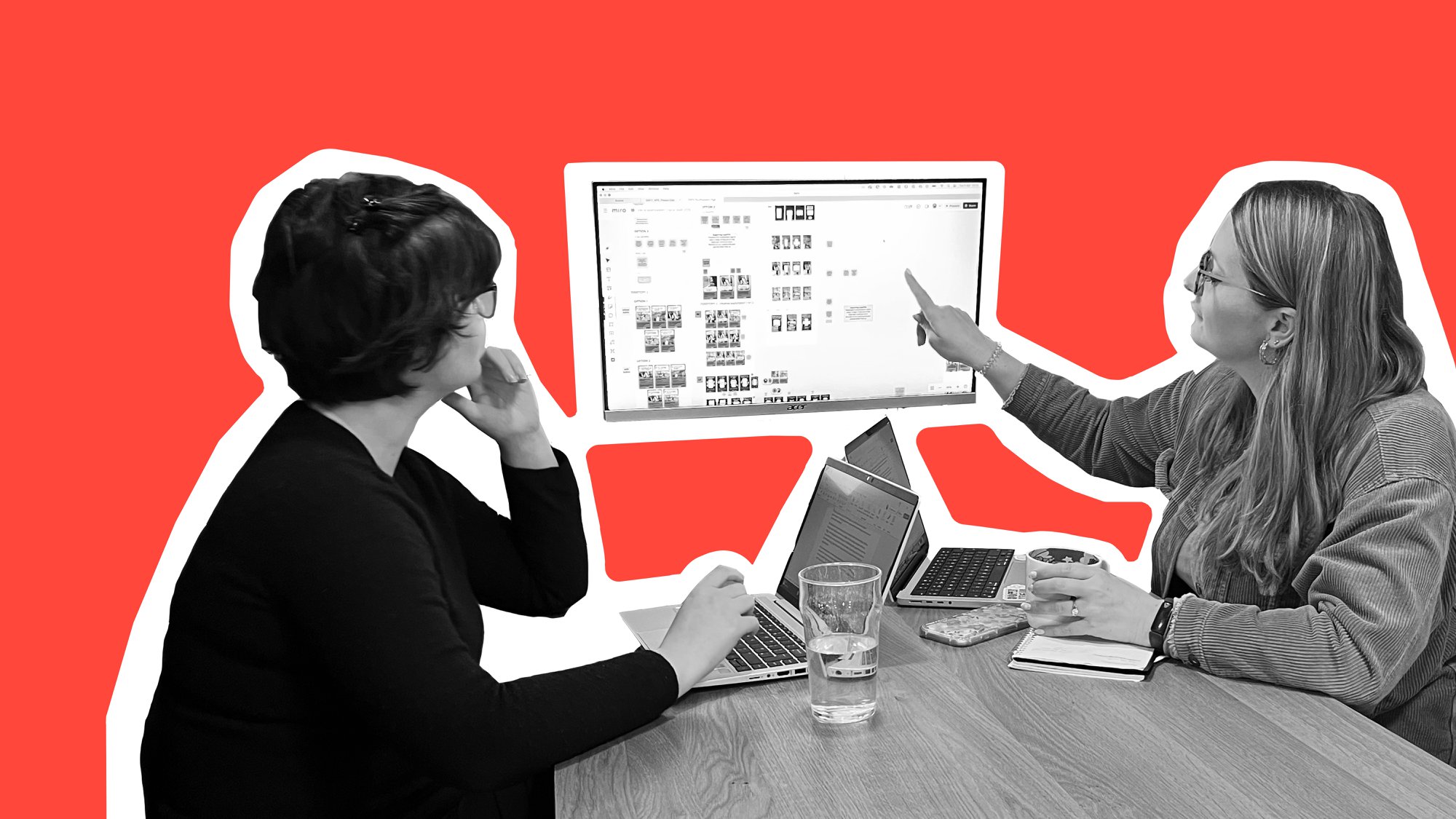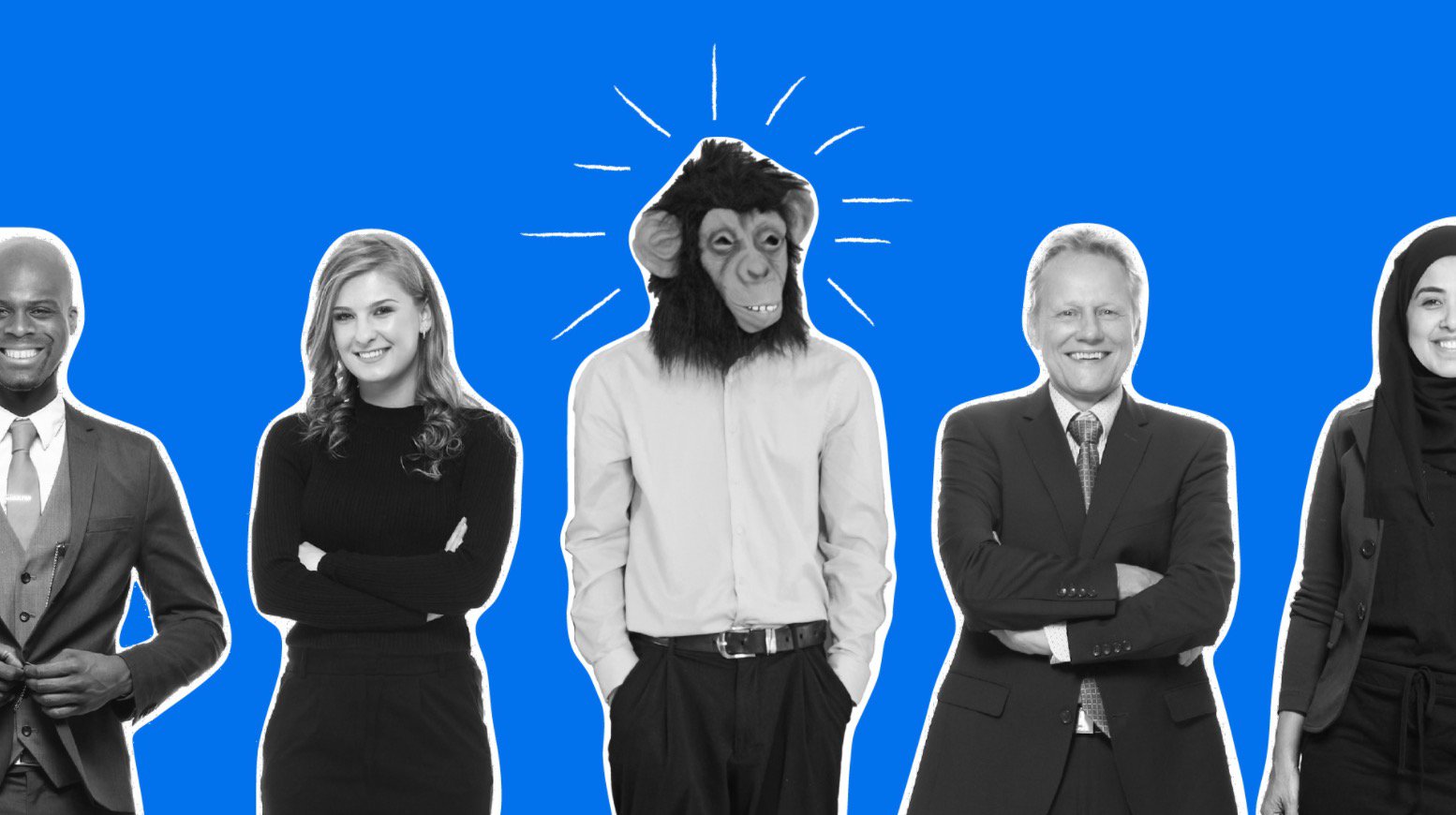Understanding consumer habits and behaviour to maximise your marketing

Over the past few decades, valuable new insights from the rapidly growing field of behavioural science – including from psychology, neuroscience, and behavioural economics – have given brands and marketers the concepts, frameworks and tools to better understand habitual behaviours.
Through insights about the human psyche, it’s possible to design services, products and processes to make it easier for the consumer to make desired decisions. But how can you create the right environment to encourage people to make a decision or take action towards their (and your) goals?
Less is more
An overwhelming amount of choice can lead to consumer paralysis. Choice overload refers to a cognitive process in which people have a difficult time in making a decision when faced with many options. In order to combat this, brands have two main options: reduce their product or service range, or practice consultative selling that guides shoppers’ decisions.
For example, IKEA may retail hundreds of thousands of products, but their website is designed so that consumers can easily navigate it based on discrete product categories, or “rooms”, making the buying experience less overwhelming, which will then contribute to repeat custom.
Identify triggers
A trigger reminds us that some behaviour can lead to a reward of some kind. Physical triggers might include a communication, a social prompt, or something to drive attentional awareness. Psychological triggers can include an emotional need for community and belonging, a feeling of guilt, trust or gratification to name just a few.
All of these can drive sales, in the right context – so it’s key for brands to understand which triggers are relevant in driving consumer behaviours, and how they can tap into it.
Identify moments of complete change
Brands that can leverage a situation by making it easy to create new routines and embed themselves into their consumers’ lives during a ‘setting-in’ period where habits and rituals are malleable, are likely to acquire competitive advantage, particularly in the digital environment.
Indeed, as the global context changes again and we are on the road to recovery following the pandemic, brands need to think about how they can pivot, recover, or maintain their role in people’s lives – and considering behavioural science could be the first step towards that.
Identify underlying needs
This doesn’t mean a new item of clothing, but instead attempting to understand your customer on a human level. Consider what their psychological and physiological needs are. Providing a product or service which meets those is an invite into the consumer’s life.
Shape the frame
Much of our behaviour is shaped by our context, and often it is affected by our perception of the context. As a consequence, we can frequently shape that perception. For example, video conferencing was once seen as a poor alternative to business travel. Fast forward to a global pandemic, it’s now considered an incredible tool that not only saves time and money, but reduces our carbon footprint and also enables us to have more control over our own time. The perception has been completely altered, to the benefit of companies like Zoom and Microsoft.
Reward behaviours
Research suggests that getting some sort of reward during or after a new routine is essential for embedding a new habit as it helps to incentivise and motivate us to do it – and keep on repeating it. The best practice for brands is to ensure there is a varied mix of rewards for loyal customers: some immediate, short-term rewards such as a great experience, others more long term which accumulate over time as consumers repeat the behaviour, such as collecting loyalty points or receiving discounts.
Of course, behavioural science alone is no silver bullet and should be blended with other data and insights to create the most detailed picture of consumer habits. But, when used correctly, applying behavioural science can enhance the overall user experience, and improve the consumer decision-making experience.
If you would like to find out more about we use Behavioural Science at The Team, contact us, we would love to talk to you!




